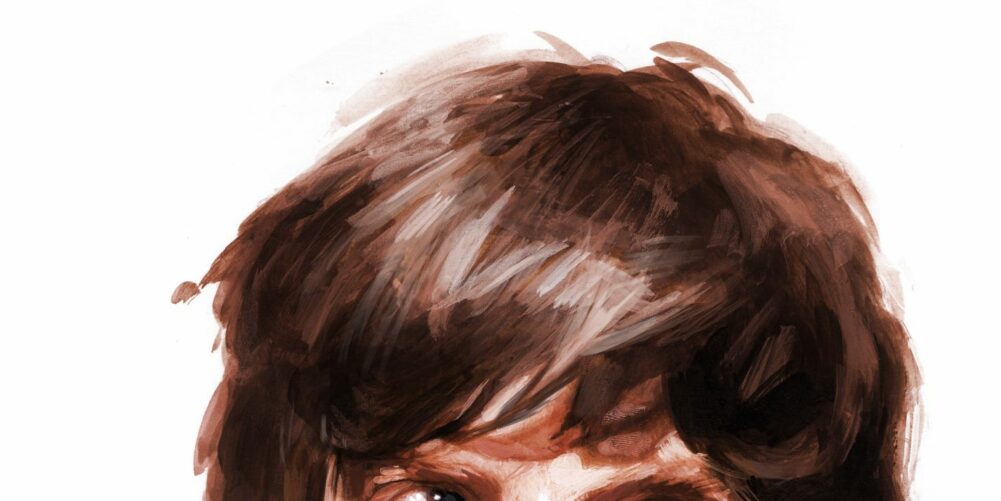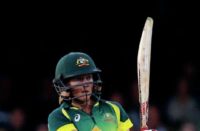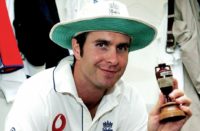Derek Pringle identifies the start of social change creeping into cricket during the Summer of Love
It is 50 years since the ‘Summer of Love’ and everything associated with it – psychedelic music, mind-bending substances and free love. But what part, if any, did cricket, the English summer game, play in this social revolution, or was it impervious to the changes going on around it?
To start with Yorkshire, scarcely a hotbed of social change back then, won the County Championship. It was the last season before overseas players came into the county game, so pretty monochrome compared to the kaleidoscopic colours that had begun to swirl around popular culture at the time.
Kent won the Gillette Cup, beating Somerset after scoring 193 from 59.4 overs, a scoring rate the opposite of groovy. The Test series was pretty tame, too, three Tests each against India then Pakistan when neither were especially strong. England won five of the six Tests drawing the other.
The most notable occurrence was the sacking of Brian Close, England’s captain, for time-wasting in a county match, and the dropping of Geoff Boycott for selfish play after he’d scored 246 against India at Headingley in nine and a half hours.
Both moves were controversial but suggested that the selectors, at least, realised the game had to get hip with the changing times.
John Lever, who joined Essex that year, recalls 1967 being an exciting time to be young. “I can remember the buzz around places like Carnaby Street and the high fashion coming out of London,” said Lever. “County cricketers, though, were low paid and couldn’t afford to buy the fancy clothes. We were still very much a tie and jacket brigade though we did appreciate the invention of the mini skirt.”
The same went for buying records like the Beatles’ Sergeant Pepper’s Lonely Hearts Club Band, arguably the Summer of Love’s seminal moment. Most cricketers had more pressing things on which to spend what little disposable income they had, though Lever reckons one luxury that did allow them to keep up
with the latest music was the eight-track cassette that had just begun to be fitted in cars. Otherwise, it was listening to the latest hits on pub jukeboxes.
It was different for England players who were better paid. John Snow, 25 in 1967, remembers going shopping for clothes down Chelsea’s Kings Road during a Test.
“I came back with a wad of gear, velvet suits and the like,” he said. “It caused a bit of a stir in the dressing-room.
“Cricket was still fairly staid in its rituals then but socially we had a great time. There was just this feeling that we were going places, that everything was new and everything was changing. After the drabness of the Fifties it was just a good feeling.”
If top level cricket was still caught in some sort of bucolic time warp, the recreational game, which was thriving then, offered a way to keep step with the changing culture.
“Cricket still ruled the roost in the summer back then and it was the game that youngsters played, much of the pitches and playing fields in urban areas having not yet been sold off,” said Lever. “I played at Ilford and it was my social hub as a young man. We had regular discos and other social events, things that don’t really happen at clubs now. But then we had the numbers playing the game to do that.”
If cricket remained largely immune to the cultural maelstrom going on around it, some of the musicians and song-writers were only too happy to use the game and what it stood for to put a very British slant on their work.
One example, from an obscure band called the Slender Plenty, comes from a song called the The Silver Treetop School For Boys. Written by David Bowie, before he’d found stardom, the lyrics include such lines as: “They made me roll the cricket pitch once a day, I’ve never been so happy than at Silver Treetop School for Boys.” It then goes on, suggestive of some sort of utopia as envisaged by Timothy Leary, to gather schoolboys and masters together on the cricket field to turn on, tune in and drop out. Cricket as unifier of the generation gap.
While many of his contemporaries were still singing in mid-Atlantic accents, Bowie had been influenced by the way Syd Barrett, Pink Floyd’s front man at the time, had delivered the bands first two singles, both released in 1967, with a very English diction. The Floyd never overtly sang about cricket but they do lark about with bat and ball in one of their early videos while, “You’ll lose your mind and play, free games for May,” one of the lines in See Emily Play, their second single, could just as easily be about cricket as opposed to the pagan rituals always supposed.
Taking that further still, there was nothing more distinctively English, at least back then, than cricket, and British pop stars latched on as a result. Mick Jagger, a cricket fan of longstanding, has never written a song about the game he loves, but his band the Rolling Stones almost used a photograph of them wearing cricket gear for the cover of their album Beggars Banquet.
Now, I know that came out in 1968, the year after the one being discussed here, but the photos (Google Rolling Stones cricket) are so surreal that it could easily have been the year in question. Seeing Brian Jones wearing pads with stripey MCC-coloured trousers (possibly deliberate, possibly not) in front of the Jacobean pavilion at Swarkestone Hall in Derbyshire, is eccentrically English, perhaps too much so given the importance of the American market to big-name acts.
In obeisance to that, Beggars Banquet, arguably the finest Rolling Stones record, is housed in a plain white sleeve with just the name of the band and album – the only occasion in that era of radical change that cricket proved too progressive for the vanguard ringing the changes.
This piece originally featured in The Cricket Paper, May 5 2017
Subscribe to the digital edition of The Cricket Paper here















